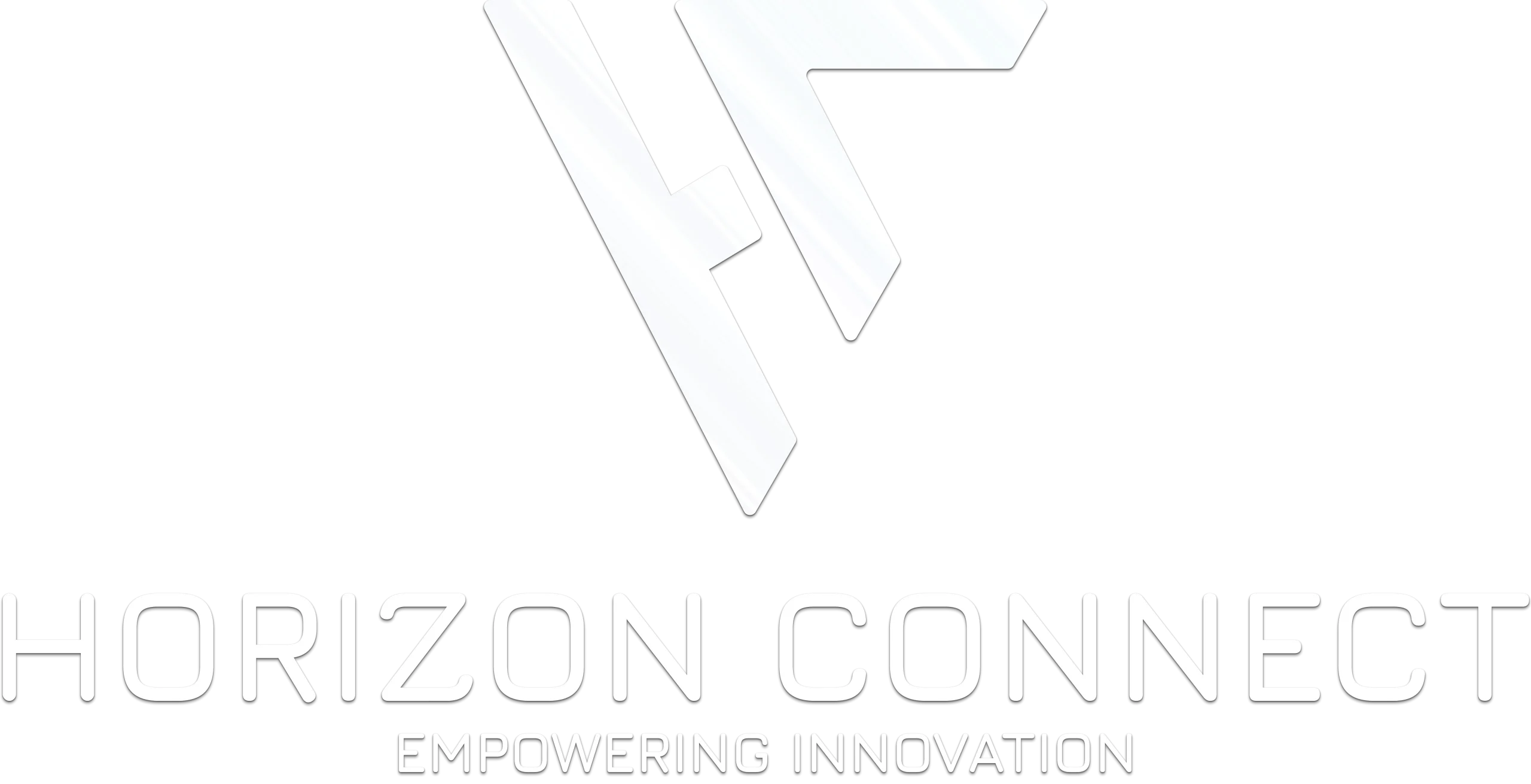In the rapidly evolving landscape of global technology, automotive OEMs (Original Equipment Manufacturers) face unprecedented connectivity challenges in 2025 that are redefining their operational models. As the automotive industry accelerates toward greater digital integration, with advancements in IoT, connected vehicles, and software-defined architectures, issues such as supply chain disruptions, cybersecurity threats, and evolving regulatory frameworks demand proactive and innovative solutions.
This article explores the most pressing connectivity challenges and offers actionable insights to help automotive OEMs navigate the road ahead and thrive in a hyper-connected future.
The Expanding Web of Connectivity
The core of automotive OEM connectivity challenges in 2025 lies in the growing reliance on interconnected ecosystems like IoT devices and high-speed 5G networks. While these offer new avenues for innovation and efficiency, they also bring complex issues surrounding performance, security, and data integrity.
For instance, demand for semiconductors is surging in the automotive and industrial sectors, making reliable access to components crucial for maintaining seamless data flow and system performance.
IoT Explosion and the Data Deluge
As connected devices multiply, automotive OEMs face immense pressure to ensure reliable, scalable, and secure connectivity. Connected vehicles now generate gigabytes of data per hour through ADAS, infotainment, and telematics systems.
Managing this volume demands high-performance connectivity infrastructure and smart data routing to support real-time applications like autonomous driving and predictive maintenance.
Software-Defined Vehicles (SDVs): A Paradigm Shift
The rise of Software-Defined Vehicles marks a major transformation from hardware-driven to software-centric architectures. These vehicles depend on real-time communication between Telematics Control Units (TCUs), modems, and antennas.
Protocols like Data Distribution Service (DDS) are being adopted to enhance modularity and real-time data exchange. However, the complexity of integrating diverse components increases the need for robust interoperability, cybersecurity, and system validation frameworks.
Supply Chain Volatility and Connectivity Risks
One of the most persistent challenges is supply chain disruption. Geopolitical instability, logistics bottlenecks, and growing demand for semiconductors and passive components are leading to:
- Longer lead times
- Increased procurement complexity
- Elevated freight costs
According to McKinsey & Company, the semiconductor market could reach $1 trillion by 2030, intensifying the competition for critical components.
Component Shortages and Logistics Bottlenecks
The semiconductor market’s anticipated growth toward $1 trillion by 2030 highlights the long-term scale of demand, especially from industries embracing digital transformation such as automotive, healthcare, and telecommunications. Shortages in components like multilayer ceramic capacitors (MLCCs), resistors, and power management ICs persist, complicating production schedules. Simultaneously, logistical bottlenecks — including constrained shipping capacity and port backlogs — have led to elevated freight rates and delivery delays.
To mitigate these issues, many automotive OEMs are adopting strategies such as dual sourcing, localizing supply chains, and building safety inventories — all aimed at reducing single-point failure risks and improving overall resilience.
Connectivity Infrastructure and Regulatory Shifts
The shift toward SDVs and IoT ecosystems demands low-latency, high-speed connectivity. Automotive OEMs must transition from legacy systems like LTE, NB-IoT, and LoRaWAN to private 5G and edge computing.
In Europe, initiatives like the EU Gigabit Infrastructure Act are accelerating the deployment of next-gen digital infrastructure.
Key Performance Indicators (KPIs) in Automotive OEMs Connectivity
To effectively manage the evolving connectivity landscape, automotive OEMs must monitor and improve critical performance indicators. The table below outlines some key metrics and their relevance to addressing the challenges discussed.
| KPI Category | Specific Metric | Relevance to OEM Connectivity Challenges |
|---|---|---|
| Supply Chain & Logistics | Lead Time Variability Reduction | Minimizing delays in component delivery, crucial for consistent production schedules amidst shortages. |
| Supply Chain & Logistics | Dual Sourcing Implementation Rate | Increasing resilience by reducing reliance on single suppliers for critical components like semiconductors. |
| Cybersecurity | IoT Device Security Incident Rate | Tracking and reducing successful cyberattacks on connected devices and vehicle systems. |
| Data Performance | Data Throughput Efficiency | Ensuring seamless and high-volume data transfer for connected vehicles and IoT ecosystems. |
| Technological Adoption | Software Integration Efficiency | Measuring the speed and effectiveness of integrating new software components into SDVs and other systems. |
| Technological Adoption | 5G Adoption Rate for New Products | Assessing the pace at which OEMs are integrating next-generation connectivity standards into their offerings. |
| Regulatory Compliance | Compliance Audit Score | Evaluating adherence to evolving data privacy, spectrum allocation, and interoperability regulations. |
This table provides a snapshot of the critical metrics automotive OEMs should focus on. By continuously monitoring and striving to improve these KPIs, manufacturers can better navigate the complexities of supply chain management, enhance cybersecurity postures, accelerate technological adoption, and ensure compliance with global regulatory frameworks, ultimately strengthening their position in the connected market.
Frequently Asked Questions (FAQs)
What is the primary connectivity challenge for automotive OEMs in 2025?
The primary challenge is ensuring robust cybersecurity across an exponentially growing network of IoT devices and connected vehicles, protecting sensitive data and preventing malicious intrusions.
How are supply chain issues affecting automotive OEMs’ connectivity?
Supply chain issues, particularly component shortages and logistical bottlenecks, lead to production delays and increased costs, limiting automotive OEMs’ ability to scale and deploy advanced connectivity solutions.
What role do software-defined systems play in automotive OEMs’ connectivity challenges?
The shift to software-defined systems requires significant investment in advanced connectivity to integrate diverse hardware and software, manage vast data flows, and ensure interoperability, posing a complex integration challenge.
Conclusion
As we approach 2025, automotive OEMs must confront connectivity challenges with secure, scalable, and future-ready solutions. Investing in cybersecurity, advanced interconnects, localized supply chains, and strategic tech partnerships is essential.
At Horizon Connect, we’re committed to helping OEMs embrace software-defined architectures, adapt to evolving standards, and unlock the full potential of IoT and automotive innovations—paving the way for a smarter, safer, and more efficient mobility ecosystem.


